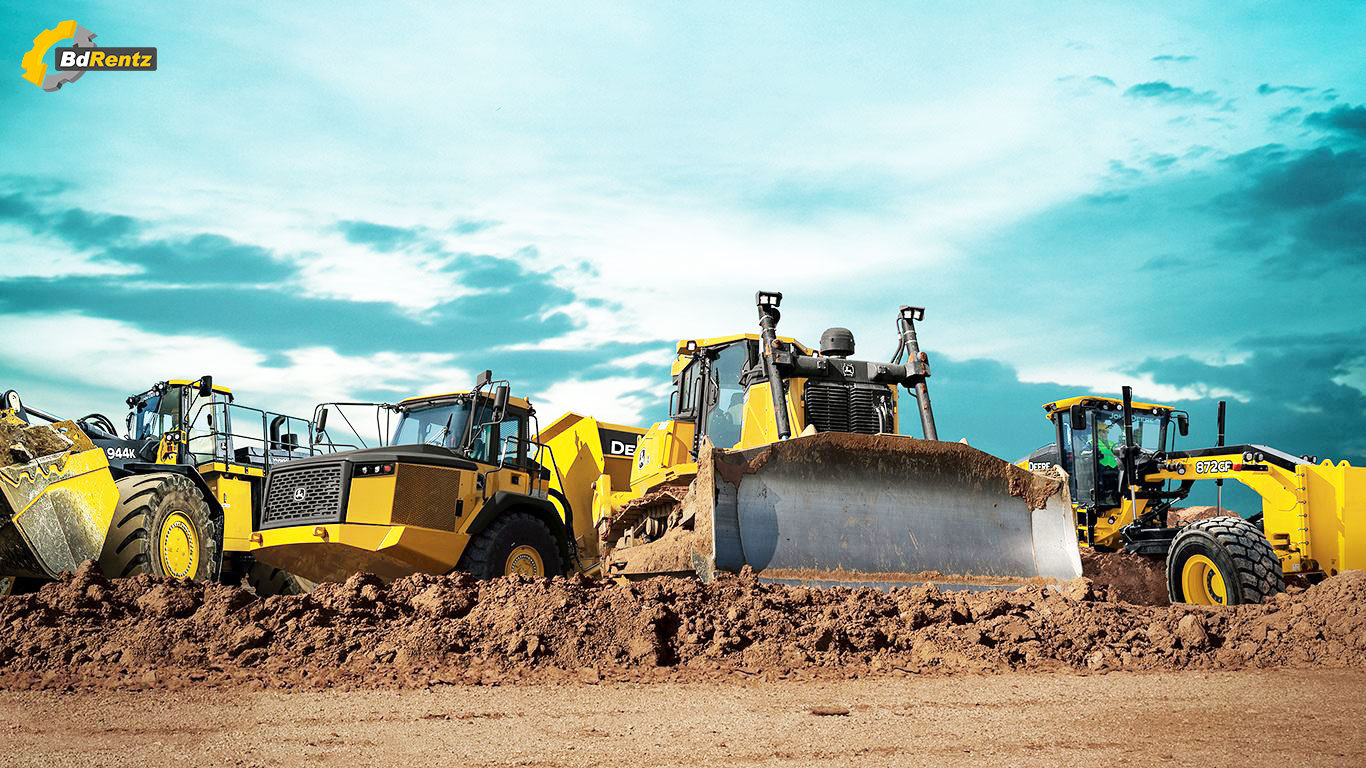Optimize Your Budget by Understanding the Costs Associated With Building Tools Leasings
Understanding the complete extent of costs linked with building tools rentals is vital for optimizing your budget. What methods can be employed to efficiently take care of these prices and guarantee a much more reliable rental experience?
Summary of Rental Costs
When taking into consideration building equipment services, understanding the linked expenses is paramount for reliable budgeting and project preparation. Rental costs can differ substantially based on a number of factors, consisting of equipment type, period of leasing, and area. The preliminary rental cost typically mirrors the devices's market need and its associated functional capabilities, influencing the total expense.
In enhancement to the base rental rate, supplementary prices may develop, such as transportation charges, gas surcharges, and maintenance costs. It is necessary to make up these additional expenses to precisely analyze the total expense of leasing tools. The rental duration can impact pricing; longer leasings might certify for affordable prices, while short-term rentals may sustain greater day-to-day costs.

Break Down of Rental Rates
An extensive understanding of rental rates is vital for professionals and job managers aiming to optimize their spending plans. Rental prices for building and construction tools commonly are composed of a number of elements, including base rates, time-based costs, and use charges.
Base rates are the core charges related to the service of the tools, typically identified by the type and dimension of the equipment. These rates can vary dramatically, affected by elements such as tools demand, schedule, and local market trends. Time-based costs, which might be daily, weekly, or monthly, serve to suit various job timelines and rental durations.
In addition, rental rates may consist of use fees, which are applicable when tools is used beyond a defined threshold, ensuring that the rental business can account for damage. Seasonal demand changes can also influence rental rates, with peak building and construction periods generally regulating higher rates.
Additionally, understanding the rental firm's policies relating to maintenance and insurance policy can offer more insight right into the overall expense framework. By evaluating these parts, professionals can make enlightened decisions, making certain the selection of rental devices aligns with both job needs and budget restrictions.
Added Costs to Consider
Comprehending the ins and outs of added costs is crucial for professionals to handle their total service expenditures effectively. Beyond the common rental prices, various supplemental costs can dramatically impact the total cost of equipment rental. These fees frequently include shipment and pick-up fees, which can differ based upon range and logistics entailed in moving the tools to and from the work website.
In addition, some rental firms might enforce gas additional charges if the devices is returned with much less gas than when rented. It is additionally vital to know potential cleansing costs, especially for specific equipment that requires complete maintenance after use.

Extensively examining the rental contract and clarifying these added charges upfront can aid specialists prevent unexpected prices and guarantee that budgets remain undamaged throughout the project lifecycle.
Repair And Maintenance Expenditures
Routine repair and maintenance expenditures are typically overlooked aspects that can considerably affect the overall price of construction tools rentals. When renting out equipment, it is vital to consider not only the rental costs but additionally the potential expenses connected with keeping the machinery in ideal operating problem.
Numerous rental business consist of fundamental upkeep as part of the rental contract; nevertheless, more unforeseen break downs or considerable repair work can cause additional expenses. It's necessary to review the rental agreement thoroughly to comprehend what upkeep solutions are covered and what responsibilities fall on the tenant.
In addition, devices that is not well-kept can result in inefficiencies at work website, possibly enhancing and triggering hold-ups job expenses. To alleviate these threats, it is suggested to perform normal inspections and keep open interaction with the rental service construction conveyor belt provider concerning any type of problems that occur during use.
Insurance and Responsibility Prices
Insurance policy and responsibility expenses are vital elements that can considerably impact the overall expenditure of building and construction tools leasings (equipment rental company). These prices make sure that both the rental business and the client are shielded from possible monetary losses occurring from accidents, damages, or theft during the rental duration

In addition, clients should know any type of deductibles or exclusions in the insurance coverage, as these can impact potential out-of-pocket costs. Understanding the conditions of any insurance policy coverage is crucial to stay clear of unexpected prices. Ultimately, budgeting for insurance coverage and liability expenses can aid make sure a smoother rental experience and protect versus economic risks connected with building and construction projects.
Final Thought
In verdict, an extensive understanding of the expenses connected with construction devices leasings is essential for effective budget plan monitoring. By assessing rental rates, additional charges, upkeep expenditures, and insurance policy demands, companies and people can lessen unforeseen expenses. This calculated strategy not just boosts cost-effectiveness yet Visit Your URL additionally makes certain that tasks proceed efficiently and successfully. Inevitably, educated decision-making pertaining to tools services adds to Your Domain Name the general success of building ventures.
Rental expenses can vary dramatically based on numerous elements, including tools kind, duration of service, and place (dozer rental). The rental period can influence prices; longer rentals might qualify for discounted prices, while short-term services may incur greater daily costs
By carrying out extensive research and engaging with respectable rental firms, contractors can properly navigate the intricacies of rental pricing, eventually maximizing their financial resources.
Beyond the standard rental rates, numerous supplemental costs can substantially influence the overall price of equipment leasing. Rental firms typically give liability insurance policy that covers injuries to 3rd parties or damages to residential or commercial property, while tools damages insurance can cover the expense of fixings or replacement if the leased tools is harmed.
Comments on “Forklift Rental: Heavy Lifting Equipment for Warehousing and More”